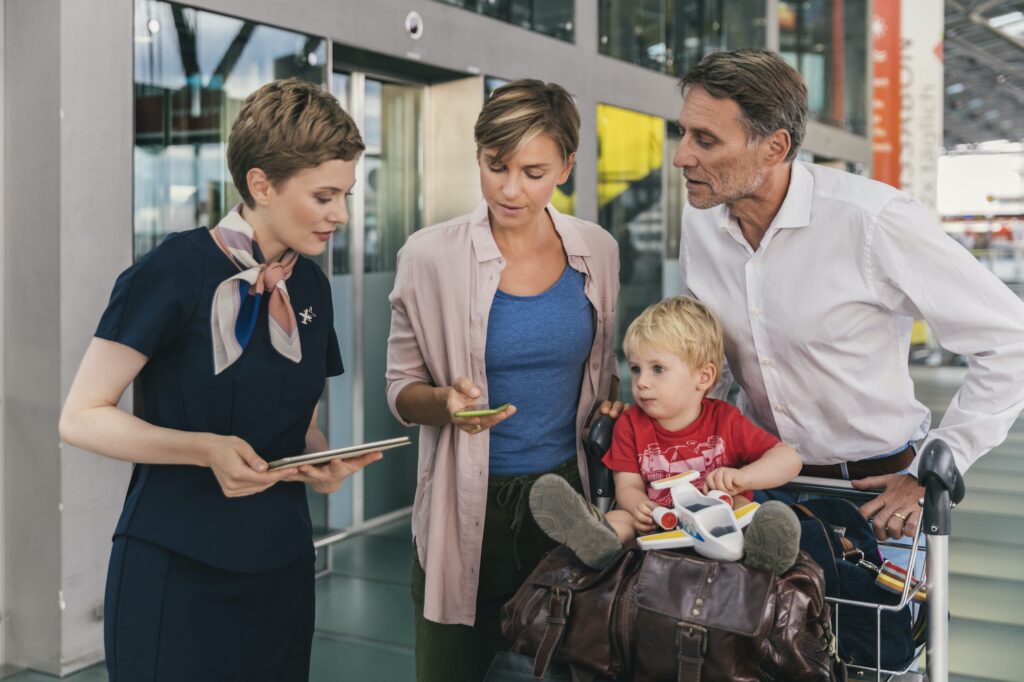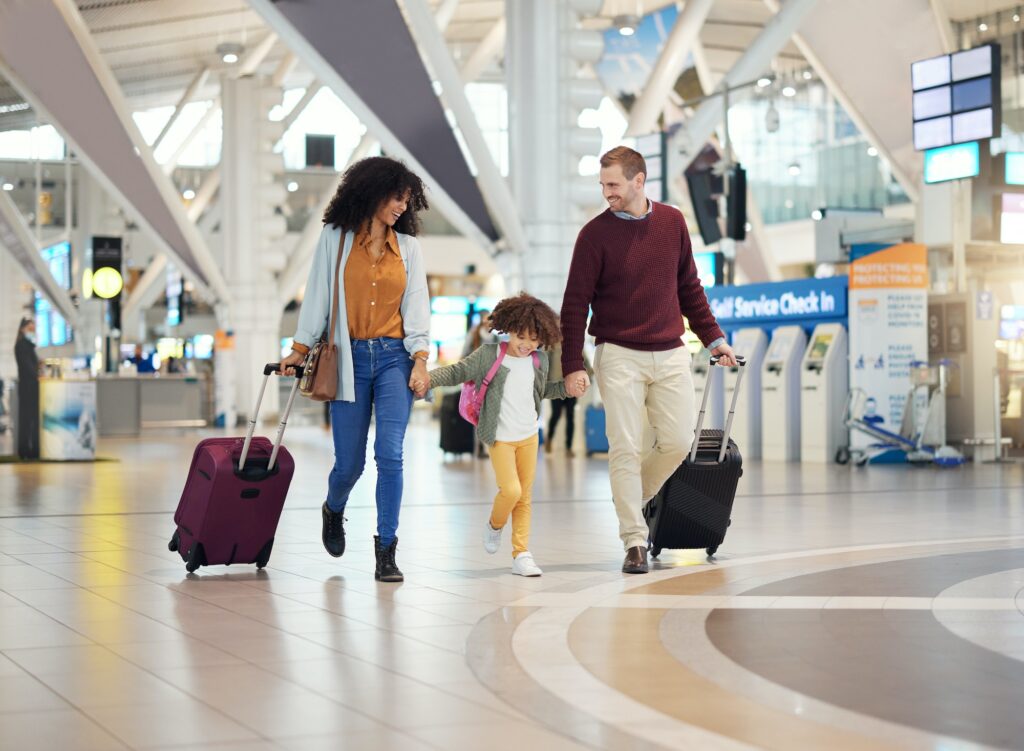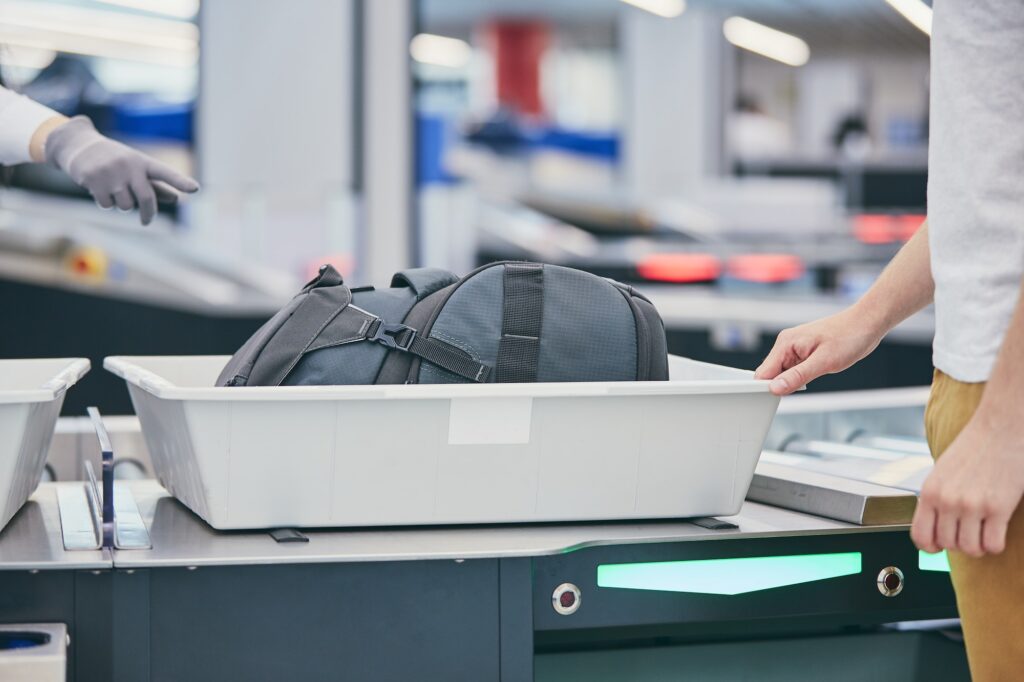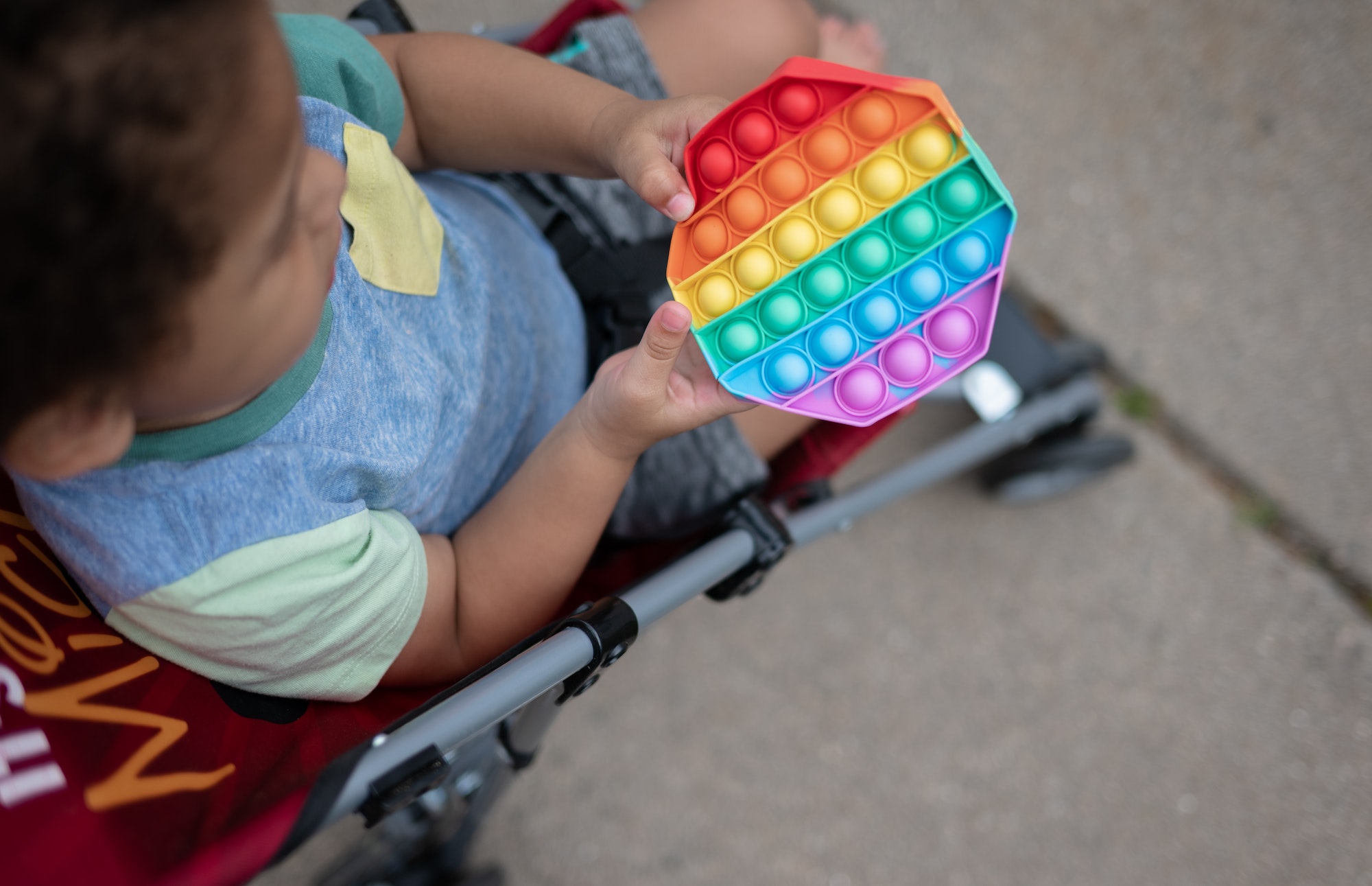Travel
Preparing For Air Travel
Tips for Autism-Friendly Air Travel
Traveling through airports and flying on airplanes can be overwhelming for children with autism due to the new and unpredictable environments, loud noises, and changes in routine. However, with careful planning and support, you can help make the experience smoother for them. Here are some strategies to assist your child in handling airports and airplane travel:

Preparing in Advance
Familiarize your child with the airport and flying experience by using social stories, visual schedules, and videos to explain what to expect. Visit the airport before the trip if possible, allowing your child to observe the surroundings, security procedures, and aircraft. In addition, create a visual schedule or checklist of the travel process, including each step from check-in to landing, to provide a clear structure and reduce anxiety.

Communicate With the Airline
Contact the airline ahead of time to inform them about your child’s needs. Many airlines have specific assistance programs for passengers with disabilities. Inquire about any special accommodations or services available, such as pre-boarding, seat assignments, or quieter seating options.


Pack Essentials
Ensure you have all necessary documents, such as passports, identification, and boarding passes, easily accessible. Pack comfort items that are familiar to your child, such as favorite toys, snacks, or a comforting blanket, to provide a sense of security during the journey.

Dress Comfortably
Choose clothing that is comfortable for your child to wear during the flight, considering sensory sensitivities. Avoid clothing with tags, rough textures, or tight fits that may cause discomfort.


Manage Sensory Input
Bring noise-canceling headphones or earplugs to reduce the impact of loud noises, especially during takeoff and landing. Consider providing sunglasses or a cap to minimize visual stimuli. Allow your child to wear or hold a weighted blanket or compression vest to provide a calming effect.

Prepare for Security Screenings
Explain the security screening process to your child using visual supports and anecdotes. Request a passenger support specialist or inform security personnel about your child’s condition to facilitate a smoother screening experience.


Maintain Routines & Predictability
Stick to your child's familiar routines as much as possible during the travel day, including mealtimes, bathroom breaks, and sensory breaks. Keep your child engaged in familiar activities, such as reading a favorite book or playing with preferred toys.

Utilize Calming Strategies
Teach and practice relaxation techniques, such as deep breathing or using a stress ball, to help your child manage anxiety during the journey. Use visual timers or countdowns to help your child understand the duration of the flight and manage waiting times.

Support Communication
Encourage your child to carry a communication card or use a communication app on a tablet or smartphone to express their needs or ask for assistance if verbal communication is challenging for them.
Seek Professional Advice
Consult with a healthcare professional or therapist experienced in working with children with autism for additional strategies and personalized guidance based on your child’s specific needs.
Guide Disclaimer
Remember, every child with autism is unique, so adapt these strategies to suit your child’s individual needs. Patience, understanding, and a supportive environment can go a long way in making airport and airplane travel more manageable for children with autism.
The information provided in this article is intended for general informational purposes only and should not be considered as professional advice or a substitute for medical, therapeutic, or educational guidance. Every child’s needs are unique, and what works for one child may not work for another. It is essential to consult with qualified professionals, such as doctors, psychologists, therapists, or educators, who can provide individualized recommendations and support tailored to your child’s specific needs.


